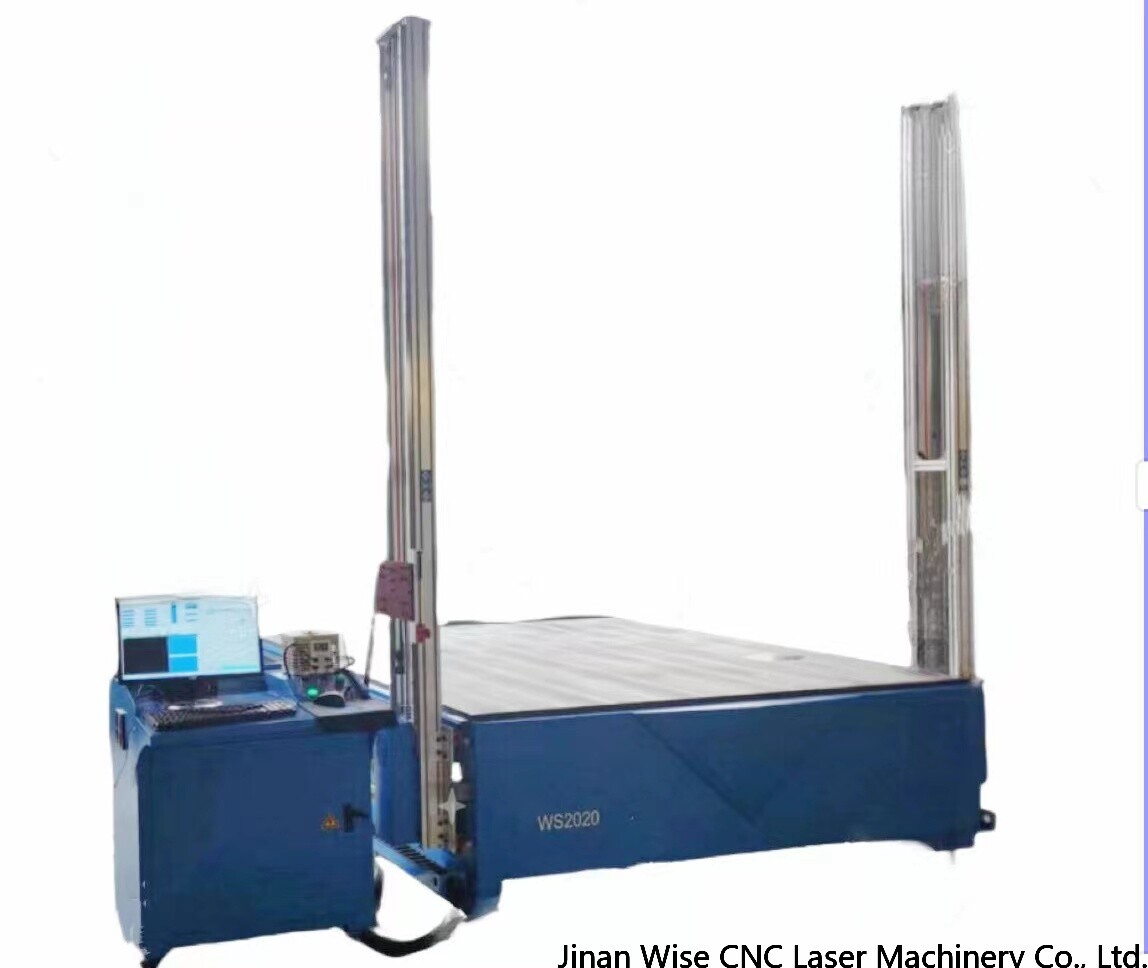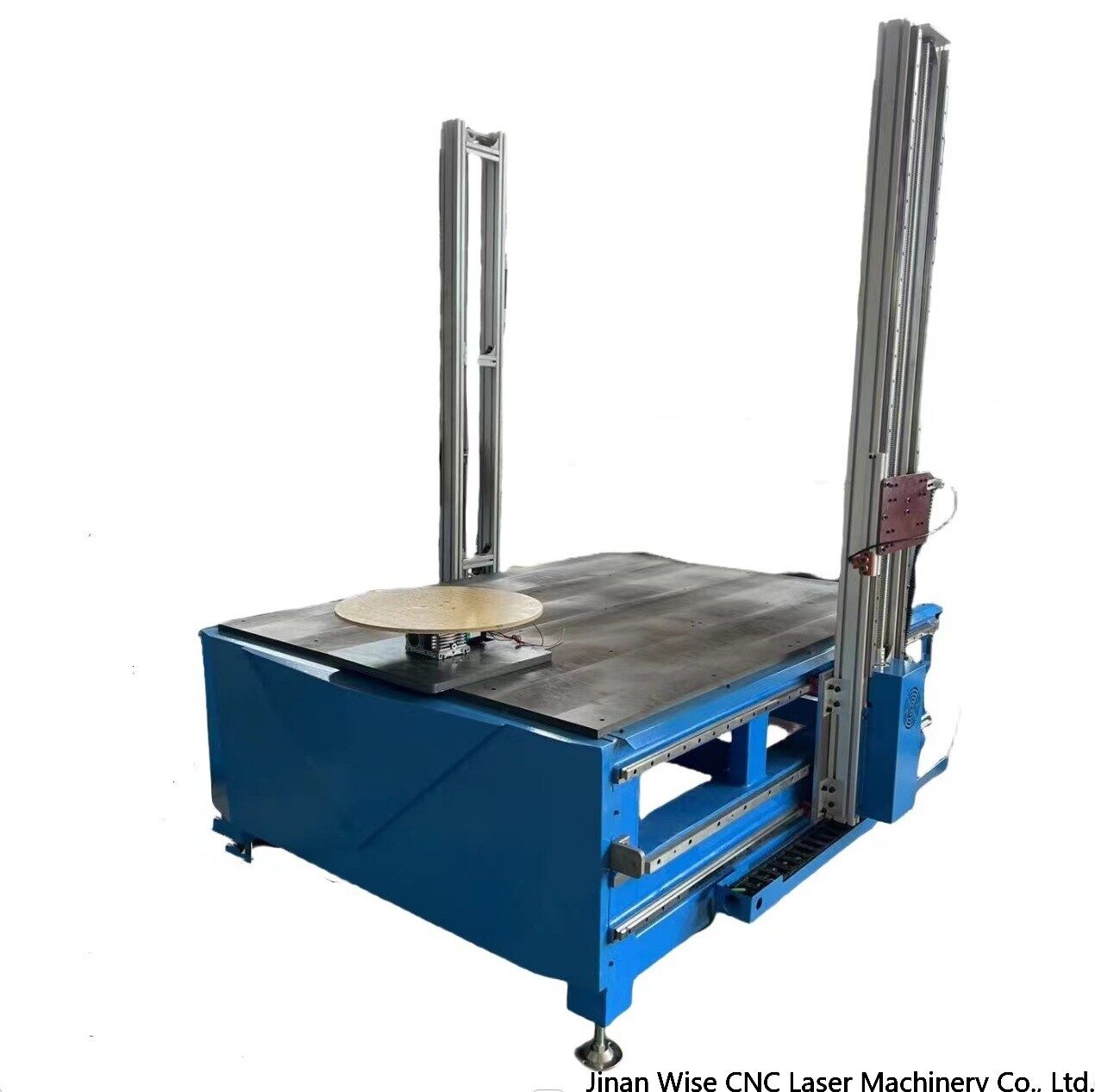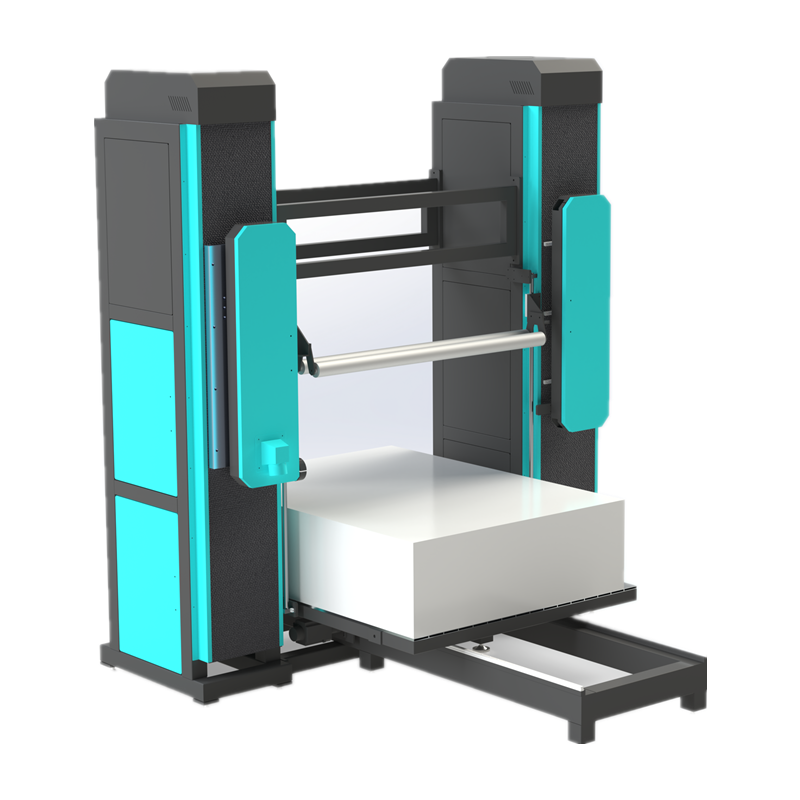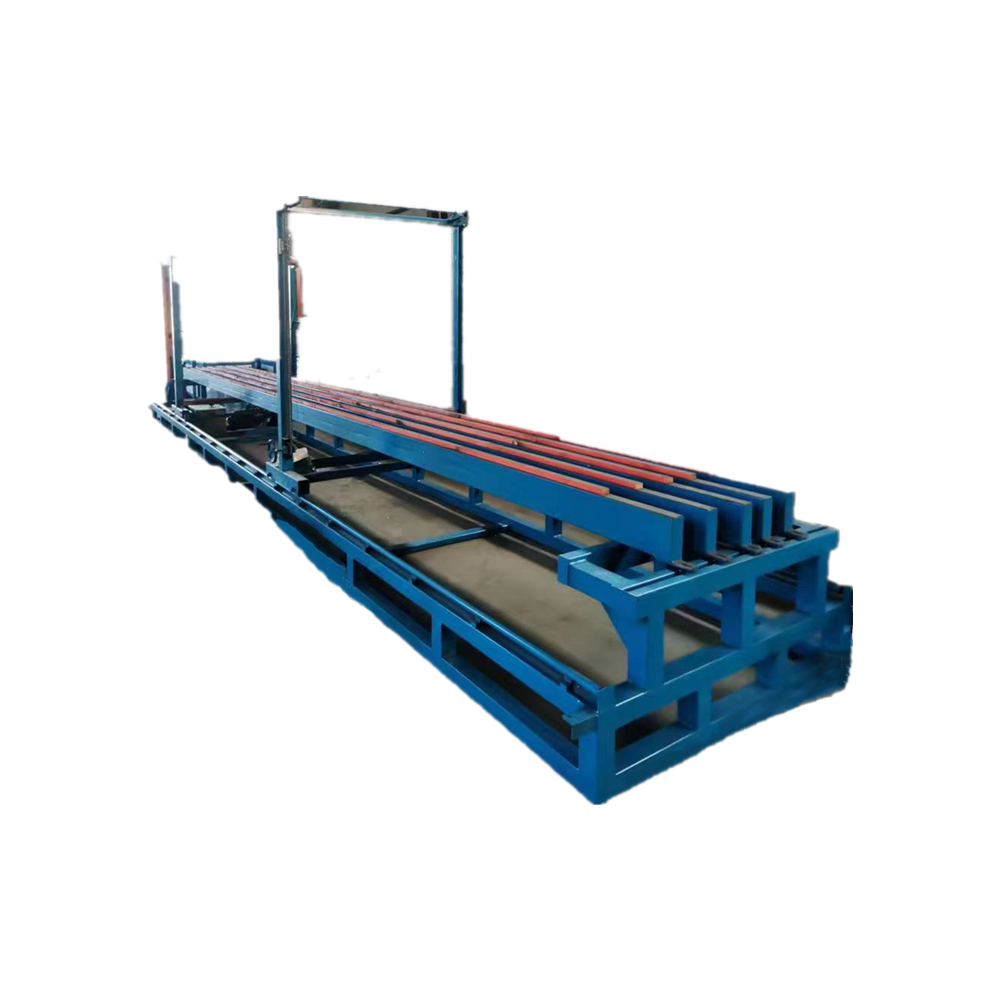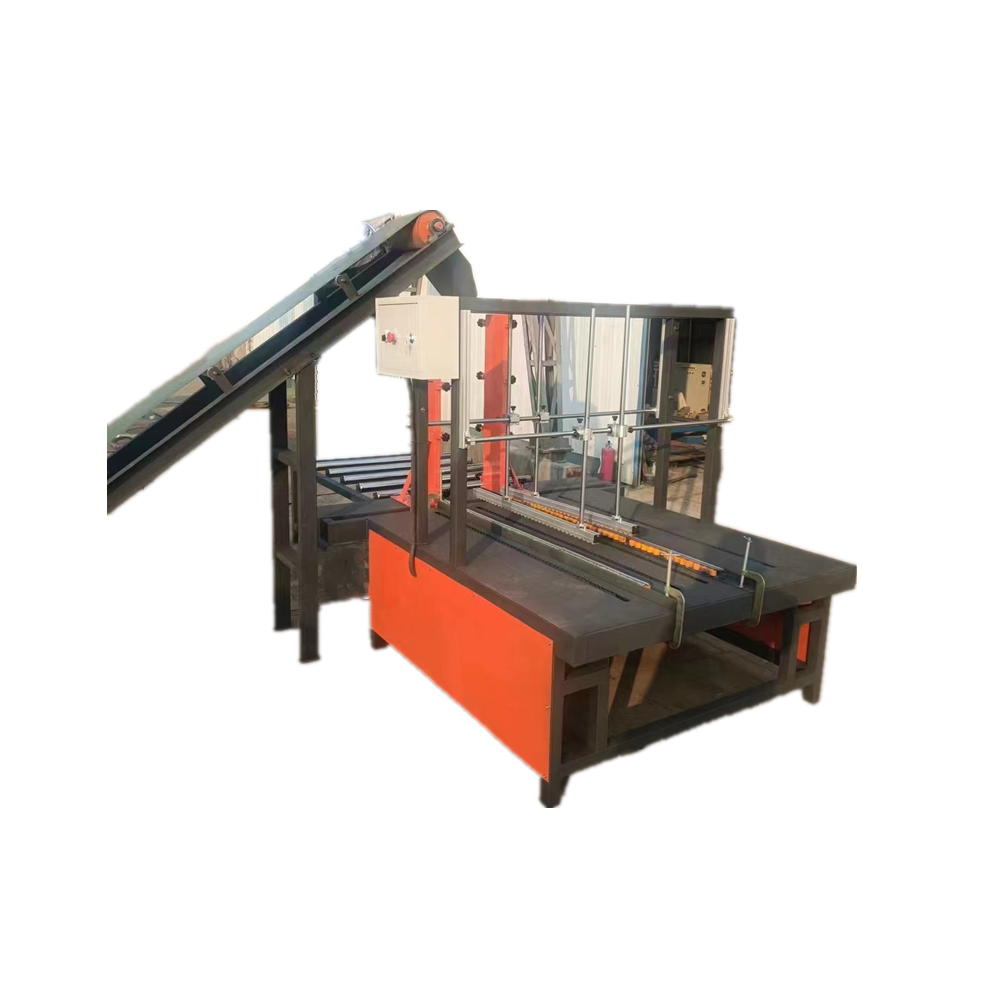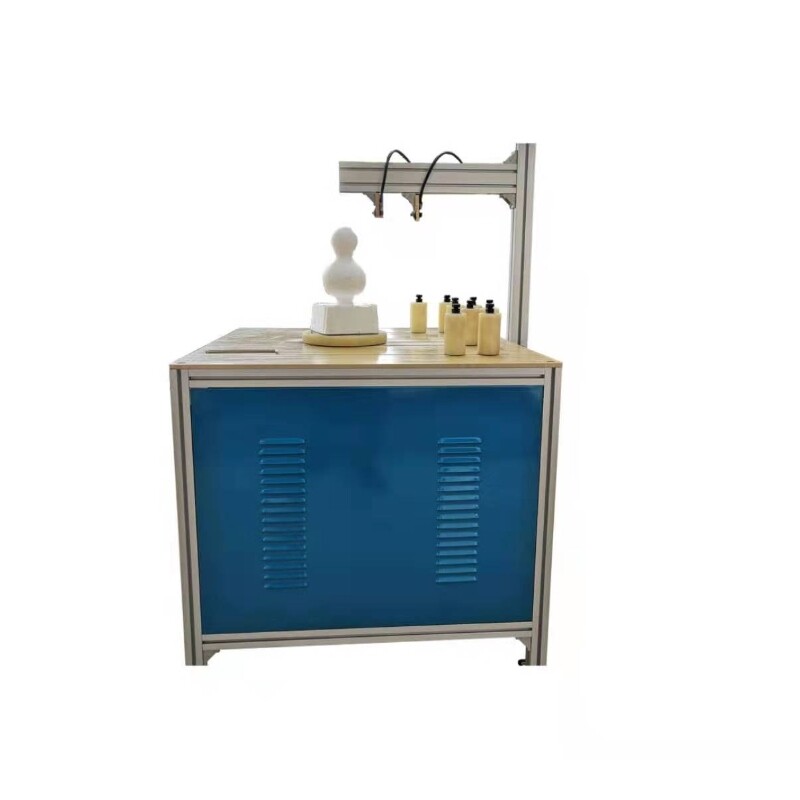Cutting methods for foam plastics of different thickness and density
Thin, low-density foam
For this type of foam, you can use a regular utility knife to make the cuts.
1. Preparation: Place the foam plastic flat on a stable workbench and press it down with a heavy object to prevent it from moving.
2. Cutting tips: With the help of a ruler, move the utility knife along the edge of the ruler with less pressure and at a constant speed to complete the cutting in one go.
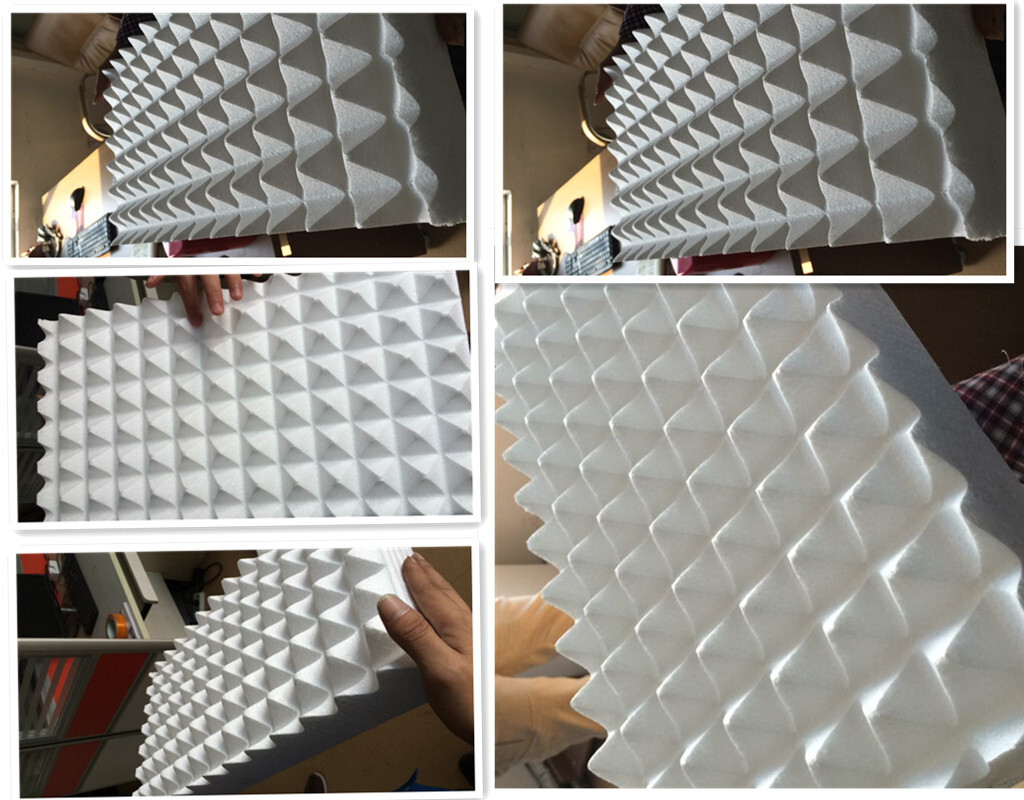
Medium thickness and density foam
for this kind of foam, use 2 methods, one is hot wire cutting method another is serrated knife cutting method.
* hot wire cutting method:
1.Preparation: Set up the hot wire cutting equipment and ensure that the power connection is normal.
2.Operation: Fix the foam plastic and slowly move the foam plastic close to the hot wire, allowing the hot wire to gradually cut into the material. Pay attention to controlling the speed and cutting angle to obtain a straight cutting line.
*Serrated knife cutting method:
Select a serrated knife with finer and sharper teeth on the blade.
When cutting, hold the handle with both hands, apply moderate pressure, and gradually cut the material in multiple times.

Thick, high-density foam
*Electric foam cutter:
Adjust the cutting depth and angle settings as needed.
After the foam is fixed, turn on the power and move the cutter at a constant speed to cut.
*Cut with a power saw:
Use a fine-toothed power saw blade suitable for foam materials.
Keep the power saw stable during the cutting process and make multiple cuts, each cutting into a certain depth to avoid cutting through at one time, causing material breakage or uneven cut surfaces.
No matter the thickness and density of the foam you are handling, pay attention to safety, wear protective equipment, and operate in a well-ventilated environment.
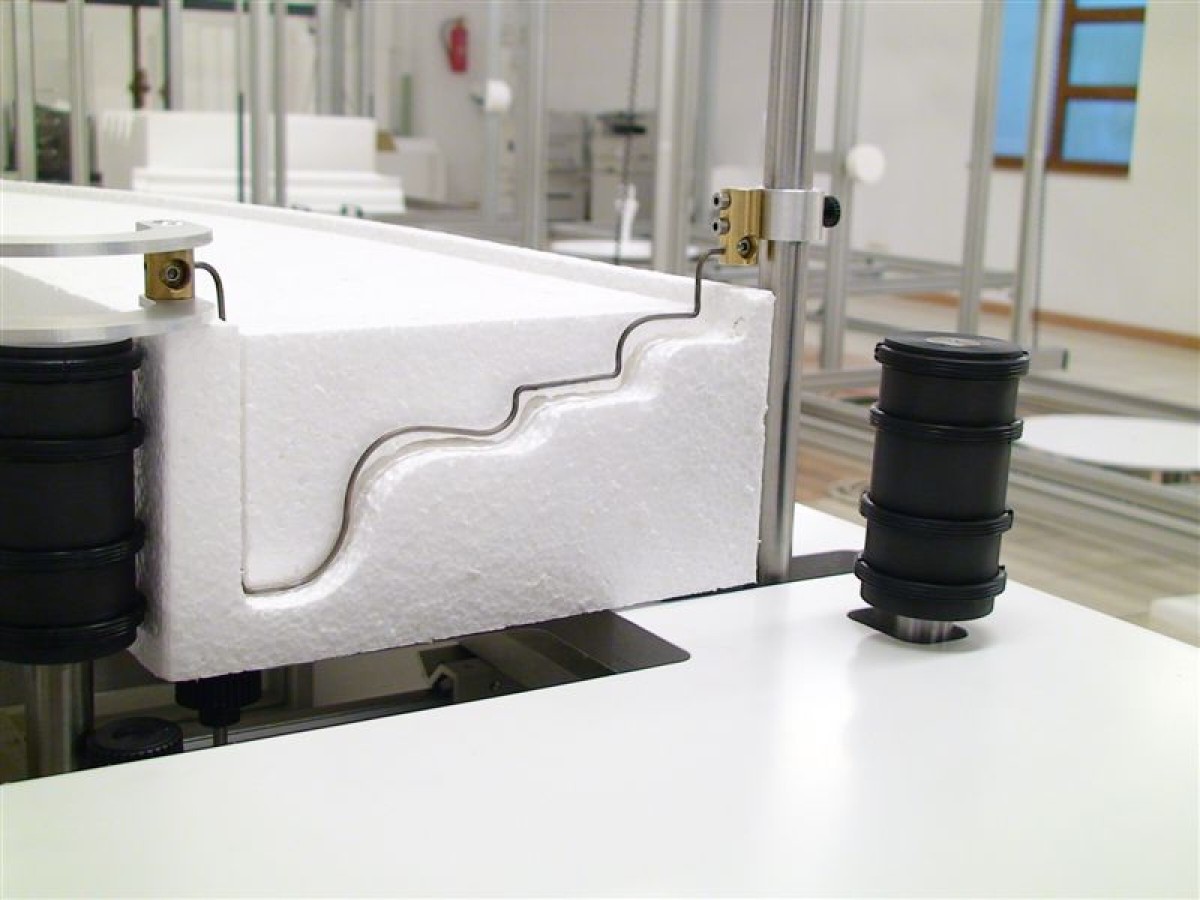
Safety precautions for cutting foam:
When cutting thick foam plastics, pay attention to the following safety precautions:
1. Protective equipment: Wear goggles to prevent debris from entering the eyes and gloves to prevent cuts and abrasions on the hands.
2. Good ventilation: Ensure that the work area is well ventilated to reduce dust accumulation and possible harmful gases generated by cutting.
3. Tool inspection: Before using the tool, carefully check whether the tool is intact, whether there is broken wire, whether the blade is sharp, and whether it is firmly installed.
4. Stable placement: Place the thick foam plastic firmly on a stable workbench to prevent it from moving during cutting and causing accidents.
5. Avoid overloading: Follow the power rating and instructions of the cutting tool to avoid tool failure or danger due to overloading.
6. Fire prevention measures: Foam plastics are flammable, so keep away from open flames and high temperature sources such as candles and stoves when cutting.
7. Keep away from children: Make sure there are no children in the cutting work area to avoid accidental injuries.
8. Power safety: If using electric cutting tools, keep your hands dry when plugging and unplugging the power plug to prevent electric shock.
9. Cutting direction: Follow the design and safe operation guidelines of the tool to determine the correct cutting direction and avoid the danger caused by reverse operation.
10. End of work: After cutting, turn off the power in time, store the tool properly, and clean up the debris in the work area.
Always keep safety in mind and follow these precautions to minimize the risk of accidents when cutting thick foam plastics.

Environmental considerations:
Polystyrene foam materials consume a lot of energy and resources during the production process, and also cause pollution. It is difficult to degrade naturally, exists in the environment for a long time, and some additives may cause harm to organisms. When cutting and using polystyrene foam, in order to reduce the impact on the environment, it should be used less, actively recycled, control the source, optimize the cutting method, safely dispose of waste, improve environmental awareness, and support relevant environmental policies. Research, development and promotion of more environmentally friendly materials and improved processing technology are the key to solving its environmental problems.
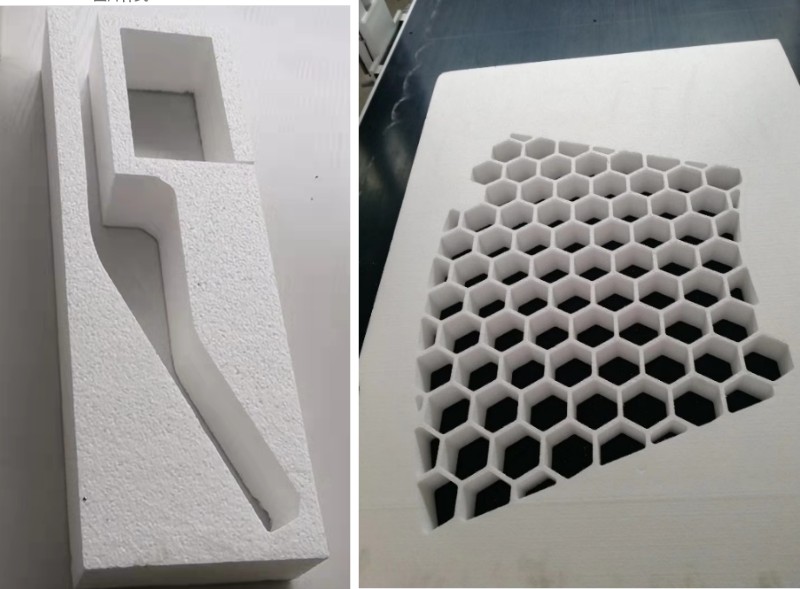
Conclusion:
The best way to cut thick foam plastics depends on many factors. Hot wire cutting is a common and effective choice that can achieve precise and clean cutting, but pay attention to controlling temperature and cutting speed. When using a sharp serrated knife or electric foam cutter, you need to maintain a steady grip and apply force evenly, and you can make multiple light cuts to achieve the desired effect.
No matter which method you choose, you should make sure that the material is firmly placed before cutting, and prepare auxiliary tools such as rulers to ensure that the cutting line is straight. At the same time, you must pay attention to safety when cutting, wear goggles and gloves, ensure that the working area is well ventilated, and stay away from open flames and high temperature sources to avoid electric shock and fire hazards. In addition, different cutting strategies should be flexibly adopted according to specific needs and tool characteristics to obtain smooth and accurate cutting results.
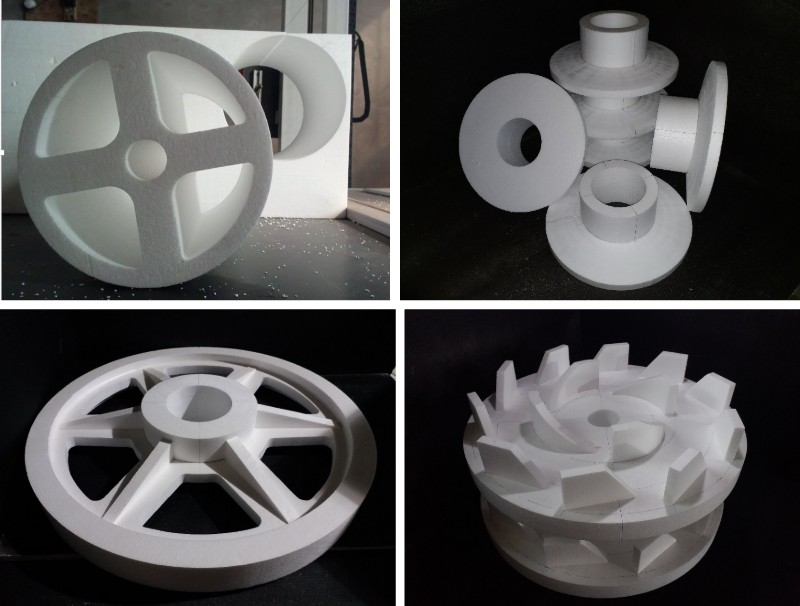
Related Products


